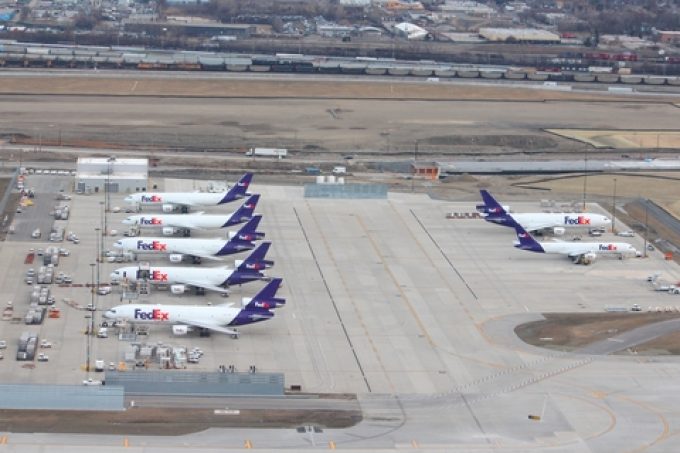China+1 acceleration as tariffs drive supply chain rerouting
US department store chain Kohl’s is working closely with suppliers and vendors to tweak its ...

FedEx management is looking to ground more freighters in the current fiscal year as it ’recalibrates’ its air network, with a view to relying more on third-party lift.
In addition to five aircraft already taken out of service this autumn, the cost-cutting plan envisages parking 11 ...

Comment on this article